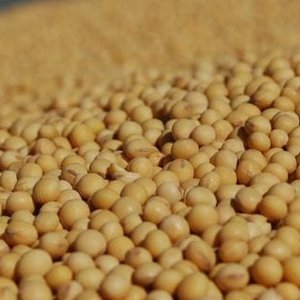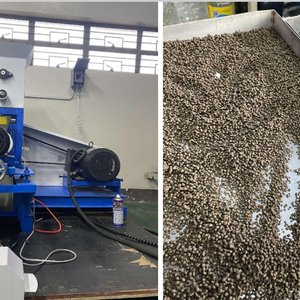A collection of essays written by a group of experts, who have significantly contributed to important aquaculture advances and witnessed the positive changes, was published in the last issue of the Journal of the World Aquaculture Society to honor the 50th Anniversary of the World Aquaculture Society.
The society has held true to its mission statement of global dissemination of the results of basic and applied aquaculture research designed to increase sustainable global production. The collection of titles that compose this publication does not represent an array of exhaustive reviews of particular areas of investigation and application. Rather, they present opinion, concept, historical perspective, recent developments in different areas of research and their novel application that is contributing to the realization of the goal of sustainability.
Albert Tacon is one of the experts that provides his insights about sustainable feeds. “The role and responsibility of local feed manufacturers in guiding the resident aquaculture sector toward the development of more environmentally friendly production systems and feeds will be of paramount importance in guiding the long‐term sustainable development of the fed finfish and crustacean aquaculture sector.”
David C. Huyben and Brett D. Glencross who wrote about feed additives, such as pre- and probiotics and enzymes, said that “there has been substantial progress in the past 20 years aimed at improving our understanding and efficient use of pre‐ and probiotics in aquaculture, although several shortcomings need to be addressed. Both pre‐ and probiotics can exist in different forms, doses, microbial species, strains, carriers, sources, and other factors that can influence their effectiveness on growth performance, immune response, disease resistance, and gut microbial communities in aquatic species. In addition, internal factors, such as aquatic species, life‐stage and health status, as well as external factors, such as environment and other internal factors of the aquatic animal can influence the effectiveness of pre‐ and probiotics.”
The review said that an aquaculture 4.0 will be based on the use of updated technologies and innovations designed to improve the efficiencies of management practices, product quality and the ability to compete successfully in the market. “For those management practices where the aquatic organisms will need to be fed, nutritionally complete sources of feed will be essential and must be efficiently digested to reduce waste. Novel feed ingredients that are readily available in sufficient quantity must be developed to serve as partial replacements or exclusive alternatives to reduce costs or eliminate the use of sources that are not sustainable,” the review concluded.
Read the collection of essays here.










